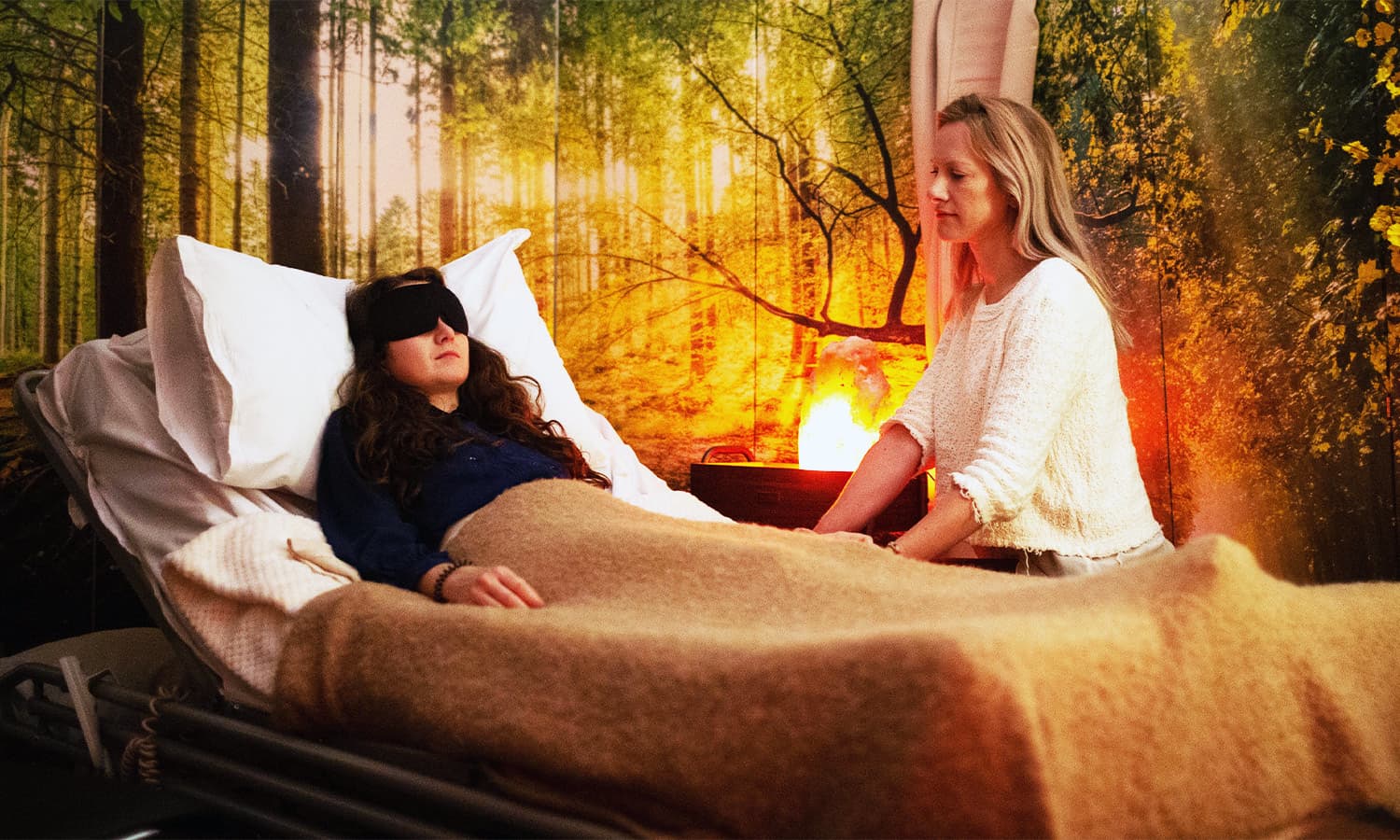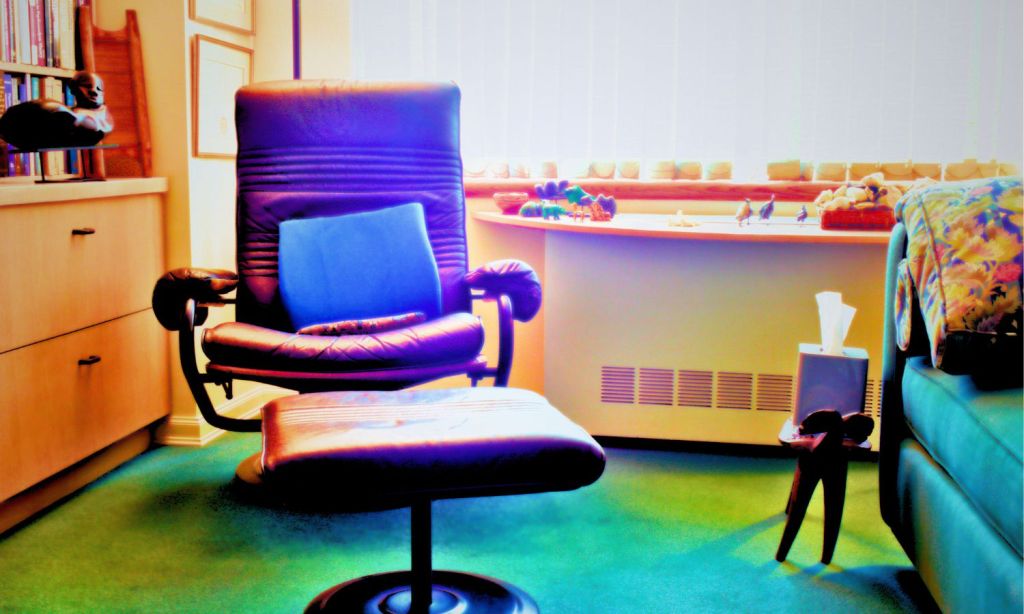Australia has become the first country in the world to legalise the use of psychedelic drugs in therapy for the treatment of mental health conditions.
After decades of prohibition, reams of scientific publications, and a hard-won lobbying campaign, Australia, of all places, is now leading the charge into a brave new world of mental healthcare.
From 1 July, psychiatrists will be able to apply to become Authorised Prescribers of MDMA and psilocybin for the treatment of depression and post-traumatic stress disorder. The whole process is tightly regulated, highly expensive, and the outcomes are uncertain.
There is a lot riding on these changes. There are limited treatments for available for the tens of thousands of people in this country who experience these debilitating conditions. Globally, it is thought that 300 million people experience major depressive disorder, while a similar number experience PTSD. For them, these breakthrough therapies represent hope.
In addition, there is a global industry of healthcare professionals, scientists, and pharmaceutical companies, who will be watching our next moves very closely. In just five years, psychedelic therapeutics are expected to be worth USD $8.31 billion across the world. If we get this right, it could be the catalyst for a theoretical paradigm shift that has been 70 years in the making.
Much is still unclear, even as Australia shifts cautiously from the trial phase to the real-world delivery of these experimental treatments. For anyone looking to undertake the radical new therapy options Australia has made available, here’s how the whole process is going to work.
How Psychedelic Therapy Works
Taking a psychedelic drug, lying in a dark room, and having an intense trip is not really what psychedelic-assisted psychotherapy is about. There is an intense screening process, a lengthy course of therapy, and multiple follow-up sessions to contend with.
“This treatment is not primarily a drug treatment,” psychotherapist Sean O’Carroll told The Latch.
“It’s in part a drug treatment, but it’s really a psychotherapy treatment, augmented with a psychedelic medicine”.
O’Carroll is part of the team at the Clinical Psychedelic Lab at Monash University. He’s one of the people responsible for training psychiatrists to deliver this treatment in Australia.
He explains that the word ‘psychedelic’ “tends to suck up all the oxygen.” In reality, this type of treatment could last anywhere from two to five months, with a psychedelic drug being taken one to three times in that period. Psychedelics play a far more minor role than you might imagine.

The ‘psychotherapy’ part of the name should be the real focus, as this is largely what is being undertaken. Psychotherapy is a talking-based therapy aimed at helping people understand the psychological causes of their issues and find solutions to their problems. Often, treatment is given one-to-one with a key focus on developing a strong therapist-patient relationship. It can take months or even years.
When you add a psychedelic to that process, it allows people to “go deeper,” unlocking new insights and perspectives about themselves that otherwise might not be reached. During these sessions, the clinical evidence indicates that giving people 25mg of psilocybin, or between 80 and 120 gms of MDMA allows them to enter states of increased neuroplasticity – a state that facilitates a rewiring of a depressed or traumatised brain.
One of the most insightful and early pieces of evidence for the benefits of psychedelics is this study showing that psilocybin increases connectivity within the brain. This effect allows people to break out of negative thought patterns, literally creating new ways of thinking. Aided by a therapist, these changes can be positive and long-lasting. It’s that last addition that is critical.

People have likely been taking magic mushrooms for thousands of years. MDMA, having been invented in 1912, used to be a therapeutic aid in the 1970s before it ‘escaped the lab’ and became the snack of choice for ravers in the 80s and beyond. If these otherwise illicit chemicals fixed mental health issues on their own, anyone who has been to a bush doof would be a walking bodhisattva.
“There is no necessary therapeutic benefit from that experience,” Professor Suresh Sundram told The Latch.
“It’s the therapy that supports or surrounds the patient. That’s the critical element. The drug is there just to facilitate that therapy”.
Sundram is the head of the Department of Psychiatry at Monash and Co-Investigator in the Clinical Psychedelic Lab. For him, there are still a lot of questions to be answered when it comes to these treatments.
“The evidence is still, from my perspective, early and immature,” he said.
“If this was an agent or agents that we didn’t have any other experience with, or we didn’t really know about, there would be no way that this would have been introduced into clinical practice.”
In announcing the changes, the Therapeutic Goods Administration went out of its way to state that popping a cap at a festival or munching down a handful of mushies, is still very much illegal and not at all the same thing. Experts spoken to for this piece also stress this distinction. A high degree of caution is being exercised here, and for good reason.
“The fact, of course, is that not everybody gets better,” Sundram said.
“Some people will be worse off, or potentially worse off. People shouldn’t see this as sort of a silver bullet that’s going to fix everything for them”.
In order to combat these potential negatives and address the interesting social and legal juxtaposition these otherwise illicit chemicals sit in, the clinical setting is about as far removed from ‘recreational’ as you can get. It’s not, as Sundram said, for everyone.
With two therapists present and a floor-hitting dose of psilocybin in their system, people in clinical trials report feelings of fear, grief, physical distress, insanity, paranoia, and even as though they had died. At the same time, feelings of mystical experience, euphoria, transience, and ineffability are also reported.
“After the experience is over, the next day, and over the next few days, [patients] will meet with their therapists again to try and make sense of their experience,” Sundram said.
Clinical data typically does not follow up on patients beyond three months. In the journal article singularly cited in convincing the TGA of the benefits of psilocybin, participants given 25mgs of psilocybin saw a 12-point drop in their depressive symptoms after three weeks. In other studies, sustained anti-depressant effects were observed after six months. Beyond that, we’re not really sure how the treatments work long-term.

“We’re still waiting for the long-term follow-up studies,” Sundram said.
“There are studies that have started to follow people up for longer, so we do know that that benefit can persist for 12 months, for example. But these are sort of early days in terms of the longevity of the response.”
In some cases, people return to baseline as their symptoms creep back in. It’s suggested that these people may need follow-up treatments, but these therapies have largely been touted as a ‘one and done’ approach.
“What we don’t know is whether it’s going to be effective the second time or the third time,” Sundram explained.
“We’ve got anecdotal evidence that, yes, it can be effective, but I wouldn’t say that we know anything”.
When it comes to psychedelic therapy, Australia is very much sailing into uncharted waters. Although much clinical safety work has been done in the intervening months between the TGA’s decision and 1 July, the people submitting themselves for treatment will, in a sense, be part of a grand experiment.
That’s not reason enough to scare off researchers like Sundram, but it emphasises the need for caution and oversight.
“There are lots of unknowns and lots of questions that need to be answered. I think that one needs to be very cautious with treatments that potentially can be, as I said, problematic,” he explained.
However, in this particular field with so much promise surrounding it, Australia is “leading from the front”.
Related: Psychedelic Therapy Is Probably Going to Cost Way More Than You Can Afford
Related: New Research Paints A Psychedelic Vision for Saving the World and Ourselves
Read more stories from The Latch and subscribe to our email newsletter.







